I live in Yokohama, Kanagawa Prefecture. About 90% of the water in the prefecture is from the Sagami and Sakawa rivers. Lake Yamanaka(山中湖, Yamanakako) is the headwaters lake of the Sagami River, and the water from Oshino Hakkai(忍野八海, eight springs in Oshino Village) empties into the river. The source of the Sakawa River is in Gotenba City located at the east foot of Mount Fuji, and the water from Tanzawa mountains empties into the river.
Lake Yamanakako, one of Fuji Five Lakes
Lake Yamanakako
Oshino Village
Wakuike Pond(湧池), one of the eight springs in Oshino Village
Okamaike Pond(お釜池), one of the eight springs in Oshino Village
Kagamikke Pond(鏡池), one of the eight springs in Oshino Village
 |
Nigoriike Pond(濁池), one of the eight springs in Oshino Village
photo by 高画質壁紙写真集無料壁紙 |
Mount Fuji is the source of many rivers including these rivers, springs, the Fuji five lakes. Fuji has an annual rainfall of about 2.5 billion tons, and three quarters of the rainfall seep underground. However, no river flows over the surface of the mountain.
Lake Motosuko(本栖湖)
Lake Syojinko(精進湖)
Fuji looks like a gently-sloping mountain with wide-flowing skirts. Because Fuji is a plate-boundary volcano and the low-viscosity basaltic lava flowed from it. Mount Fuji has erupted many times in the past. Lava (and sand gravel) layered like mille-feuille. Lava is impervious to water, so rain and melted snow flow on lava after seeping into the ground. Water gushes out at the end of the lava layer. Shiraito waterfalls(Shiraito-no-taki, 白糸の滝) gush out from between lava beds.
Shiraito waterfalls
Shiraito waterfalls
Along with Shizuoka and Yamanashi prefectures, Kanagawa have received much benefit from the mountain. Most of the water in other six prefectures in the Kanto Region is from the Tone and Arakawa rivers. In summer, the water intake from the Tone River is often restricted due to the extremely hot weather or lack of rainfall. However, the residents of Kanagawa seldom or never face a water shortage.
The eruptions of the Mt. Fuji produced many lava tubes, the Yoshida lava tree molds in 864 and the Funatsu lava tree molds in 932. Tree molds were formed when a lava flow swept through a forested area and surrounded trees.
Aokigahara Jukai(青木ヶ原樹海, Aokigahara Sea of Trees) is a primeval forest that lies at the northwest base of Mount Fuji. The forest was formed on lava that flowed from the mountain in 864. The forest containing many lava tubes(rocky and icy caverns) is a popular tourist spot with the walking trail. In the caverns, it' cold even in summer.
On the other hand, the forest is a popular place for suicides because of a famous mystery novel.
Aokigahara
Narusawa Ice Cave in Aokigahara
Narusawa Ice Cave
Narusawa Ice Cave
Fugaku Wind Cave in Aokigahara
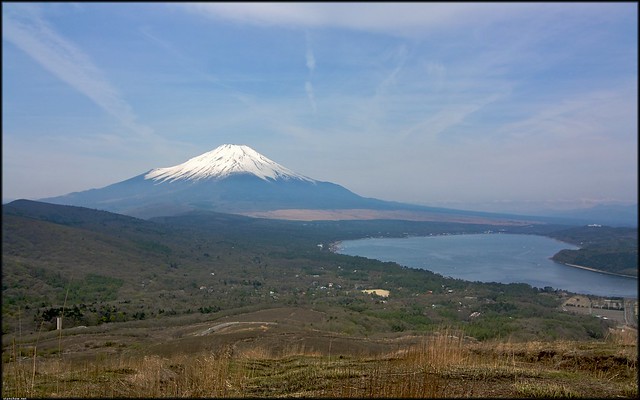
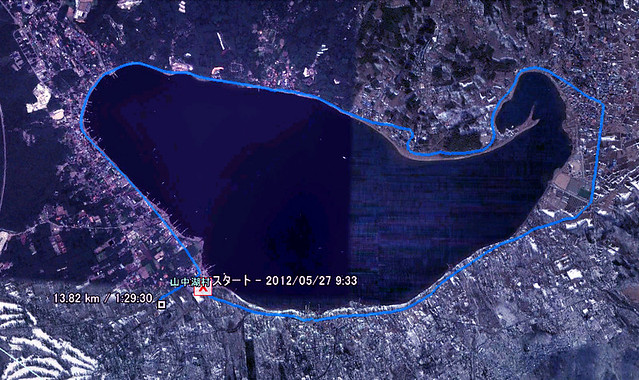

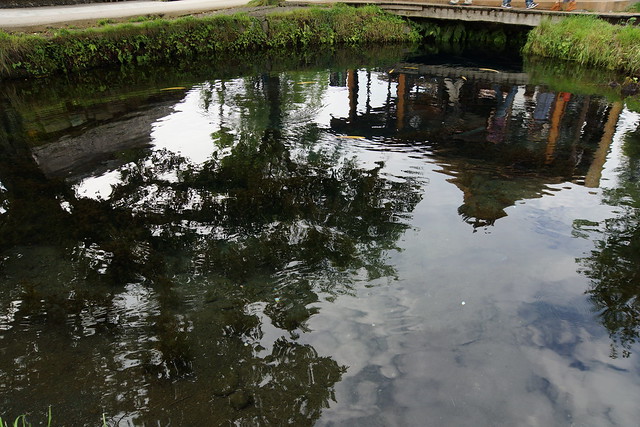
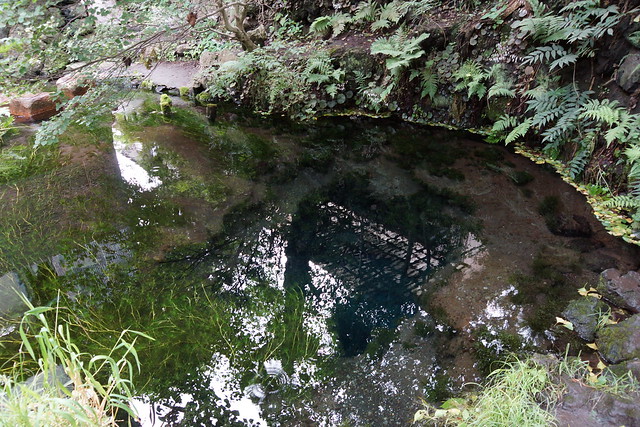
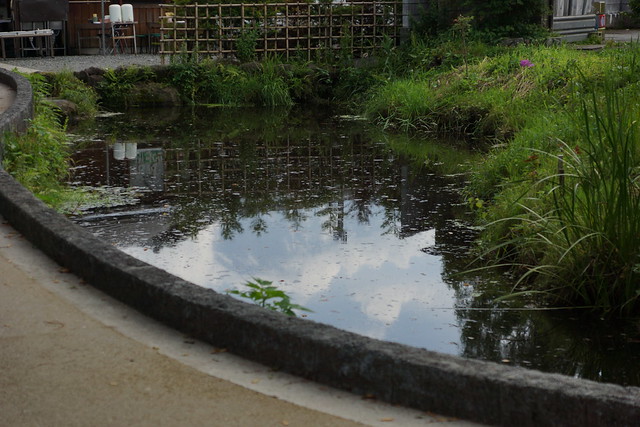

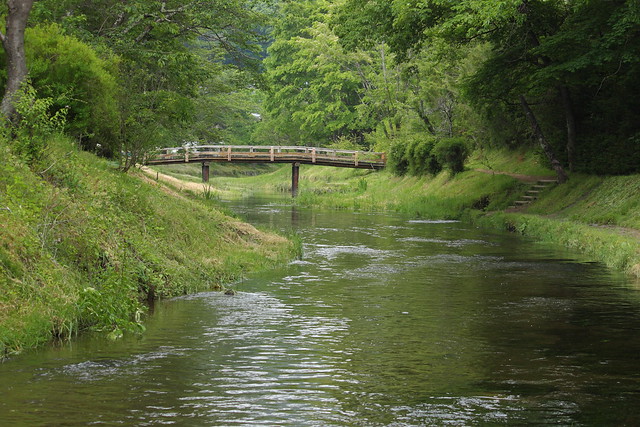



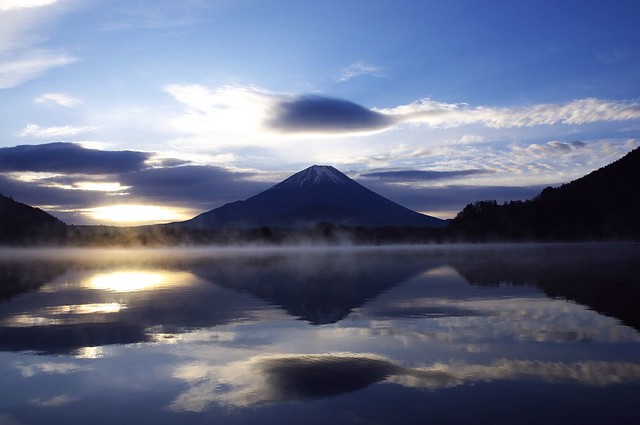
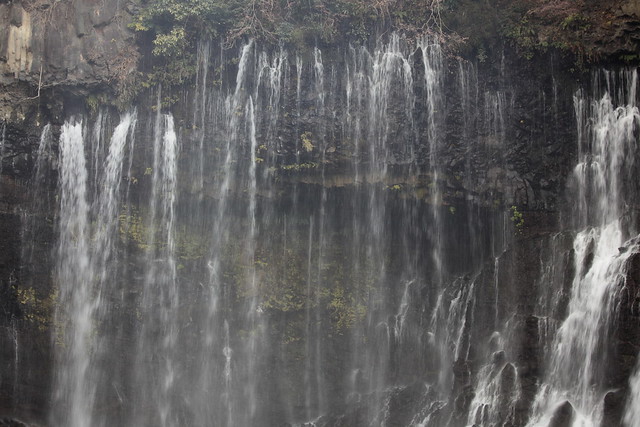
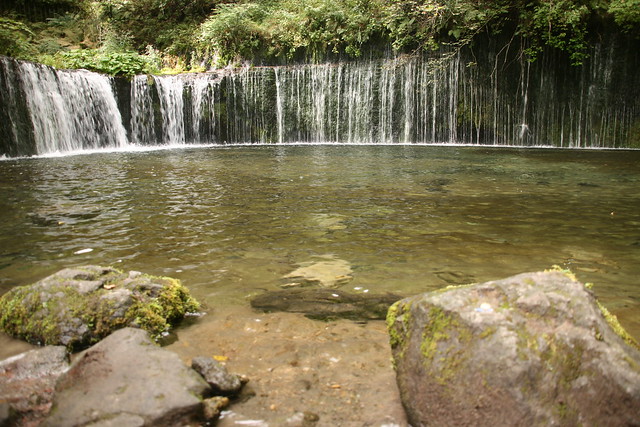
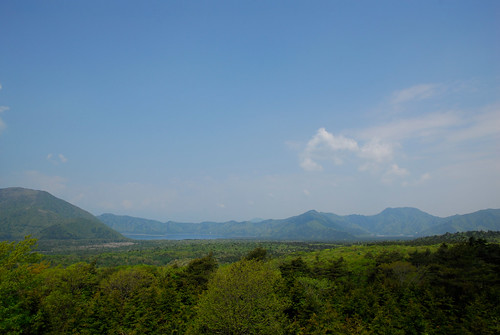

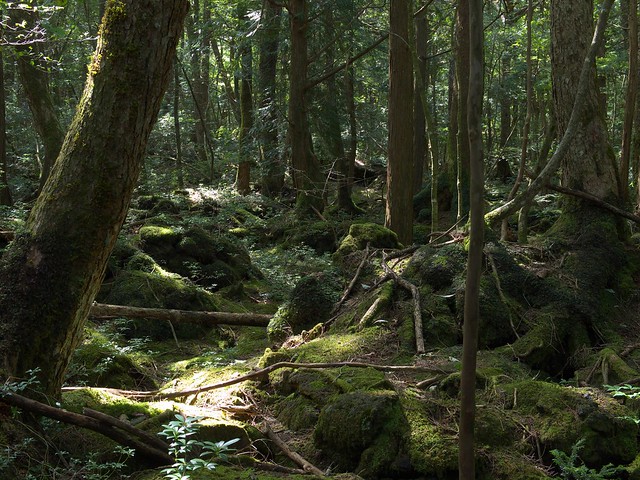


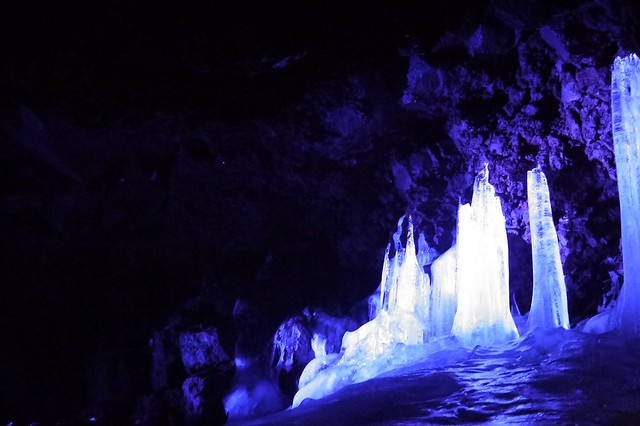
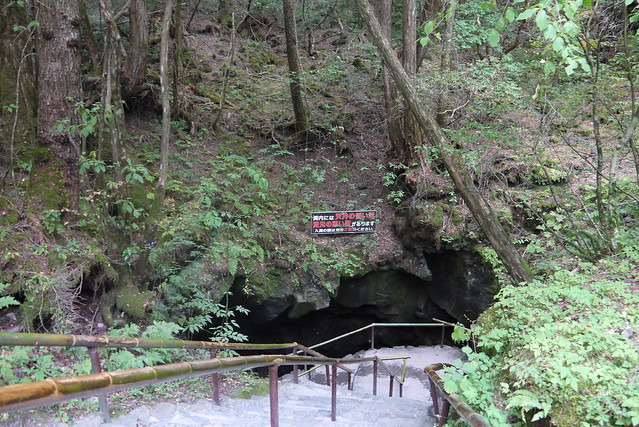

No comments:
Post a Comment